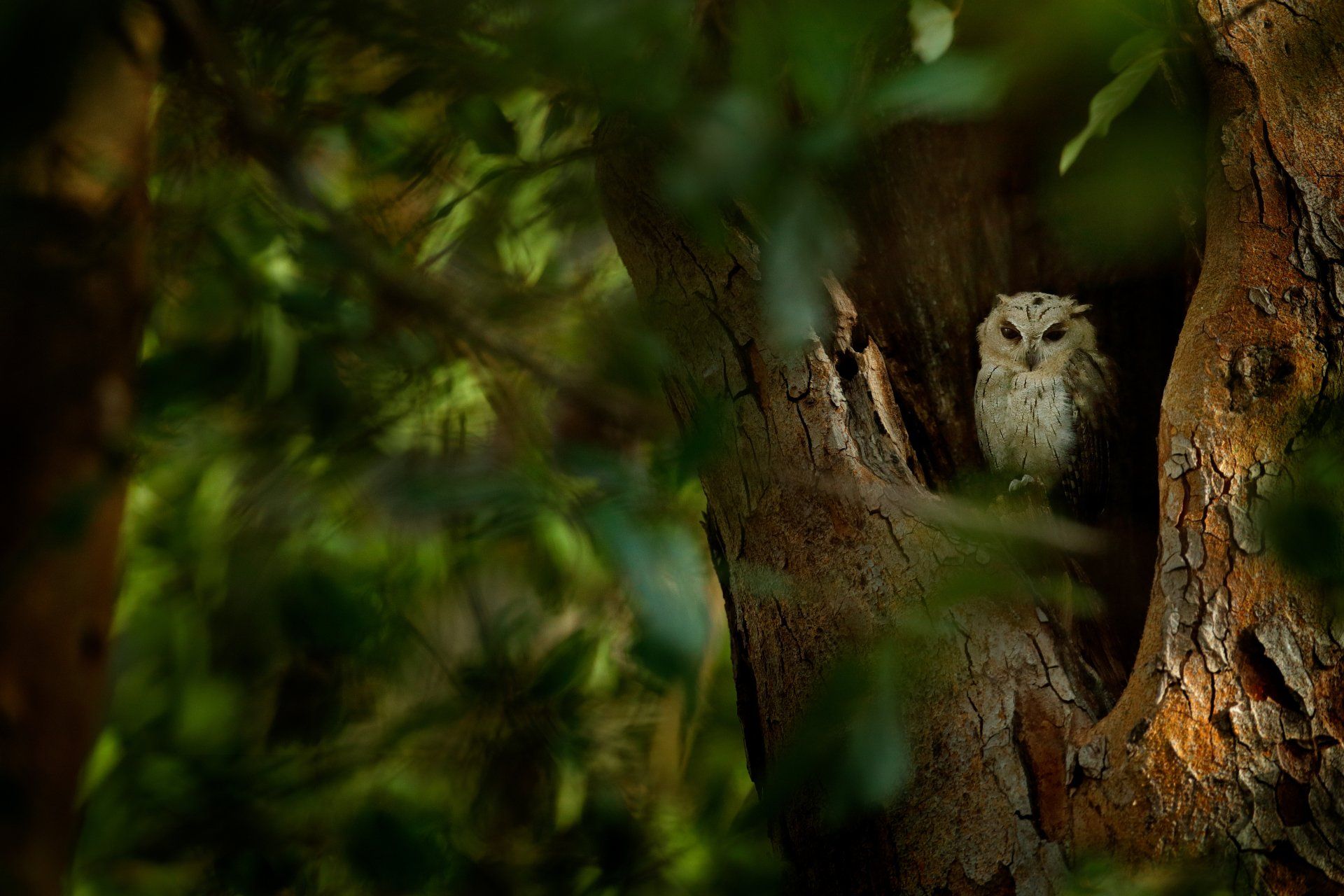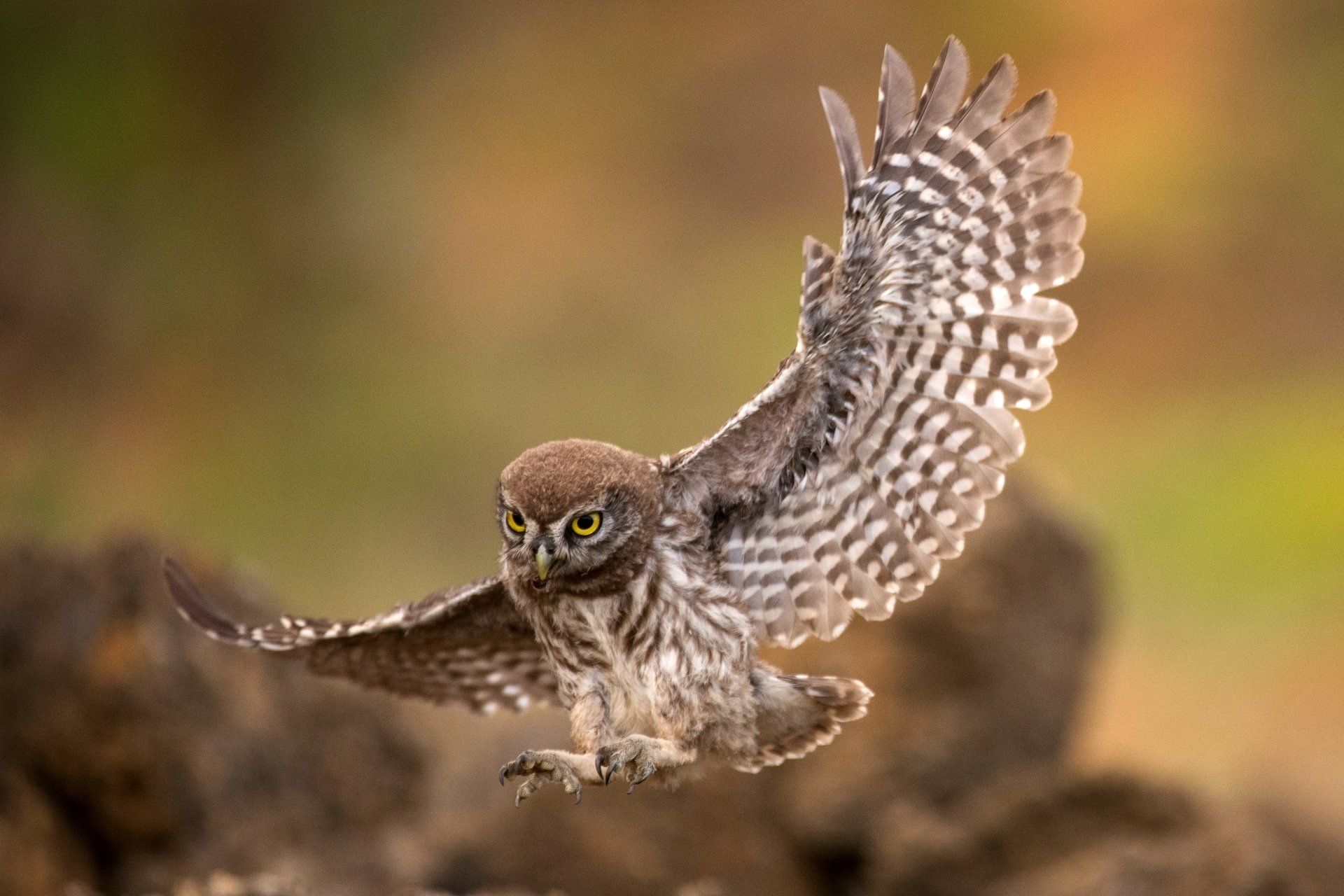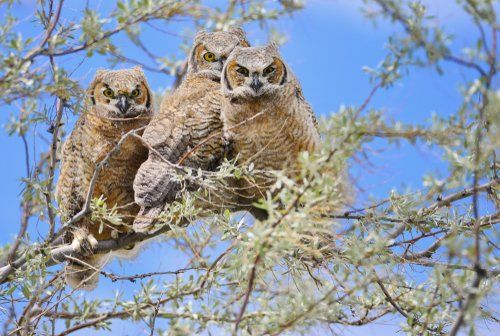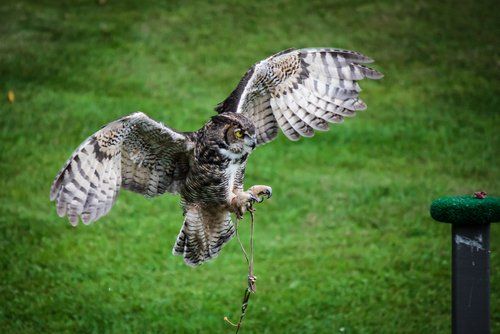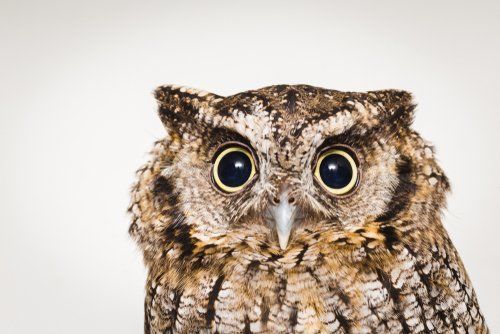Island of AwarenessSee Through Awareness

WIRA /Wī-ruh/ Who
I
Really Am
- Develop self-mastery habits around personal purpose and vision.
- Remain open, humble, and willing to adapt and change.
- Leads me to know WHAT I am capable of, WHERE I am going, and HOW I am going to get there
- Places me in a position of personal control
- Strengthens and maintains self-identity
- Clarifies and maintains personal purpose
Recommended Path:
1
2
- Awareness of Who I Really Am influences every aspect of my life!
- Listen to Wira the Owl.
- Write your thoughts and impressions.
- What words or phrases stand out to you? '
- What does this song teach you about who you really are?
- ·Read the owl facts.
- After reading the animal facts and listening to the song, how can you liken the owl to discovering who you really are?
- What does the phrase “mastery habits” mean to you?
- What do your core books teach you about who you really are as an individual?
4
1. Both females and males take care of their young. There are, on average, six owlets in a nest, requiring 74 rodents a night to feed. Both parents need to hunt to feed their family.
2. Like all birds, the owl has no teeth, so it either swallows its prey whole or tears larger prey into smaller pieces. Later, it regurgitates what it cannot digest.
3. Owls have specially designed feathers that allow them to fly noiselessly. This ability enables them to sneak up on their prey unnoticed; the silence also makes it possible to hear their prey while in flight.
4. Although owls have very keen eyesight, they cannot move their eyes in the socket, making it necessary to turn their entire head to see in a different direction. They can rotate their heads up to 270 degrees.
5. Most owls hunt at night; however, the snowy owl hunts when it is light, mostly at dawn and dusk. It eats small rodents such as rabbits, birds, fish, and their favorite, lemmings.
6. What else can you learn about owls?



